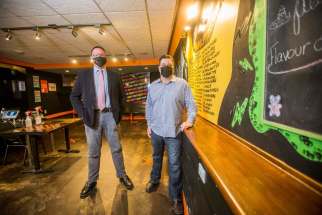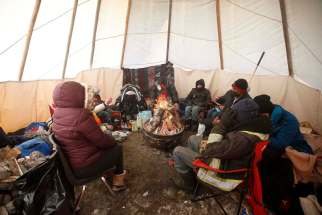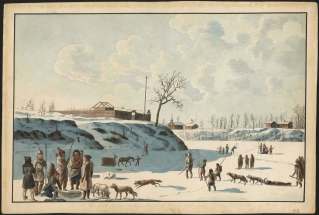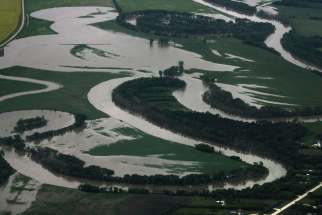Warm fire, spark of community
Read this article for free:
or
Already have an account? Log in here »
To continue reading, please subscribe:
Monthly Digital Subscription
$0 for the first 4 weeks*
- Enjoy unlimited reading on winnipegfreepress.com
- Read the E-Edition, our digital replica newspaper
- Access News Break, our award-winning app
- Play interactive puzzles
*No charge for 4 weeks then price increases to the regular rate of $19.00 plus GST every four weeks. Offer available to new and qualified returning subscribers only. Cancel any time.
Monthly Digital Subscription
$4.75/week*
- Enjoy unlimited reading on winnipegfreepress.com
- Read the E-Edition, our digital replica newspaper
- Access News Break, our award-winning app
- Play interactive puzzles
*Billed as $19 plus GST every four weeks. Cancel any time.
To continue reading, please subscribe:
Add Free Press access to your Brandon Sun subscription for only an additional
$1 for the first 4 weeks*
*Your next subscription payment will increase by $1.00 and you will be charged $16.99 plus GST for four weeks. After four weeks, your payment will increase to $23.99 plus GST every four weeks.
Read unlimited articles for free today:
or
Already have an account? Log in here »
Hey there, time traveller!
This article was published 25/02/2021 (1735 days ago), so information in it may no longer be current.
When the first treaty was negotiated between Chief Peguis and Lord Selkirk more than 200 years ago, they agreed the Selkirk settlers would live on farms stretching two miles off the banks of the Red and Assiniboine rivers.
This came after the settlers nearly froze to death their first year and were saved by Peguis, who later showed them how to hunt, live and grow in southern Manitoba.
As the 1817 treaty is written, the agreement guaranteed “peace, order and mutual co-operation” on the 24 square miles of river lots the newcomers were “to have and hold forever.”

In return, Selkirk promised to gift 100 pounds of tobacco to each of the communities of the five chiefs who signed the treaty — a near-impossible feat considering how hard it is to grow tobacco in this climate.
Peguis didn’t care so much about the 500 pounds though, for tobacco represents time. What the chiefs were asking for was for Selkirk to participate fully in the relationship he and his relations had entered.
Essentially, Selkirk was being told: in order to live here, you must live positively and respectfully with those around you. Working with, for, and in partnership with people you share territory with is, after all, what treaty is all about.
Selkirk, unfortunately, didn’t listen, offering tobacco only once. He considered the treaty a “land sale.”
Peguis and his relatives tried to teach the settlers in other ways. They continued to use the river, hunting and fishing and reminding them of their promises of tobacco. They called the settlers by familial names, like brother and sister, and protected them, even asking them to not enter territories outside of the treaty for fear of the Lakota and Dakota warriors to the west.
You might even think of these 24 square miles as the first legal, agreed-upon shared space between Indigenous and non-Indigenous peoples. The first Manitoba.
This agreement — and the teachings its story provides — is still alive today.
We saw the next chapter this month, as descendants of the Peguis-Selkirk treaty came together to save lives along the Red River.

February has been hard in Winnipeg. A woman died when the tent she was living in caught fire. A man died outside when he fell asleep in freezing temperatures. Another woman died after being found in medical distress in a bus shelter.
All were Indigenous people impacted by poverty, violence, and living in circumstances not of their own making. All had homes taken from them and were forgotten by our community.
Their deaths, though, sparked life in a city too long stuck in the status quo.
In early February, concerned citizens EJ and Eva Fontaine joined with the youth group Anishiative to establish warming tents, teepees, and fires around Thunderbird House gathering place on Main Street.
“We started with a simple idea: to save lives,” EJ said.
Their action started a revolution in the neighbourhood.
Residents in the tent cities down Higgins Avenue, long cast off in the city’s removal of their homes last summer, came back to the area. Here they could get a warm meal, firewood, and donated clothing and boots.
People began to stay at the site full-time. One Indigenous woman told me it was the only place she felt safe in as it was staffed with shkaabewis (helpers) and security.
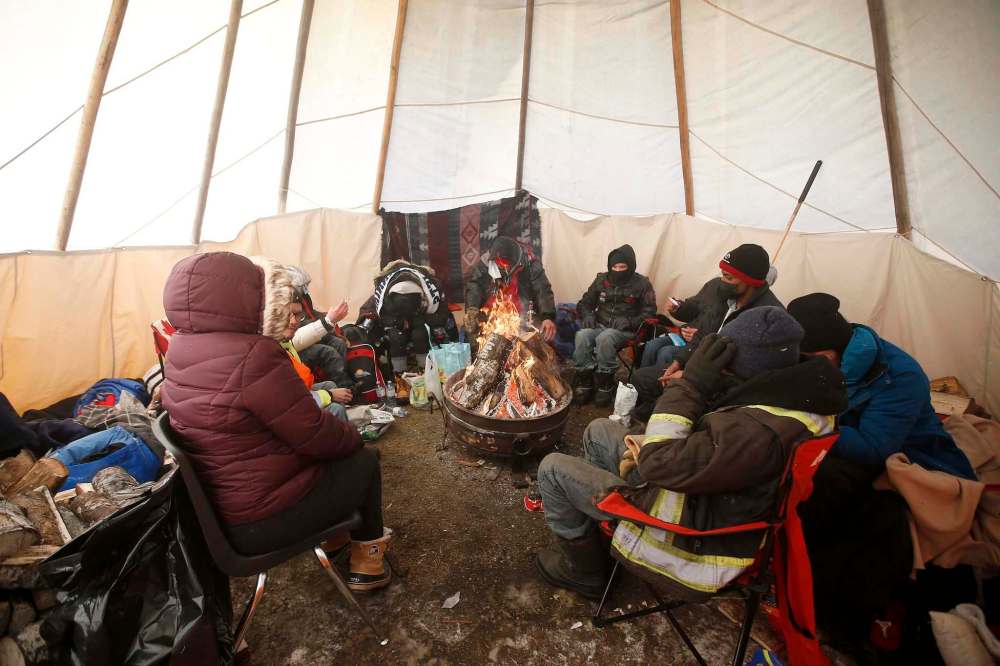
One residential school survivor said it reminded him of sitting around a campfire with his dad on the trapline.
Another said it was a place they could visit without being harassed by police.
Members of our community long-called “street people” earned their keep by chopping wood, cleaning the grounds, and helping others they access the resources at the site.
While the site was Indigenous-led, a stream of non-Indigenous Winnipeggers came to help, too.
On the three nights I went to the camp, I met citizens from Charleswood, North Kildonan, and Elmwood, who brought coffee and donuts, clothing, and food.
It was in the middle of a deep freeze and a pandemic but the site began to fill, looking like The Forks on a Saturday afternoon.
One River Heights man, donating tents and clothing he had collected from his neighbours, told me he hadn’t ever been to Thunderbird House before — but would be back.
It was sad when I went to the site Sunday to see volunteers taking down the warming tents. The site was never intended to be permanent, I was told.

“We’d like to be permanent, though,” Anishiative co-founder Riley Nepinak said, “we just need the staff, resources, and commitment.”
By the end of Sunday, all that remained was a huge pile of wood at the site.
The warmth, however, won’t go away, for its spark has always been here.
niigaan.sinclair@freepress.mb.ca

Niigaan Sinclair is Anishinaabe and is a columnist at the Winnipeg Free Press.
Our newsroom depends on a growing audience of readers to power our journalism. If you are not a paid reader, please consider becoming a subscriber.
Our newsroom depends on its audience of readers to power our journalism. Thank you for your support.



